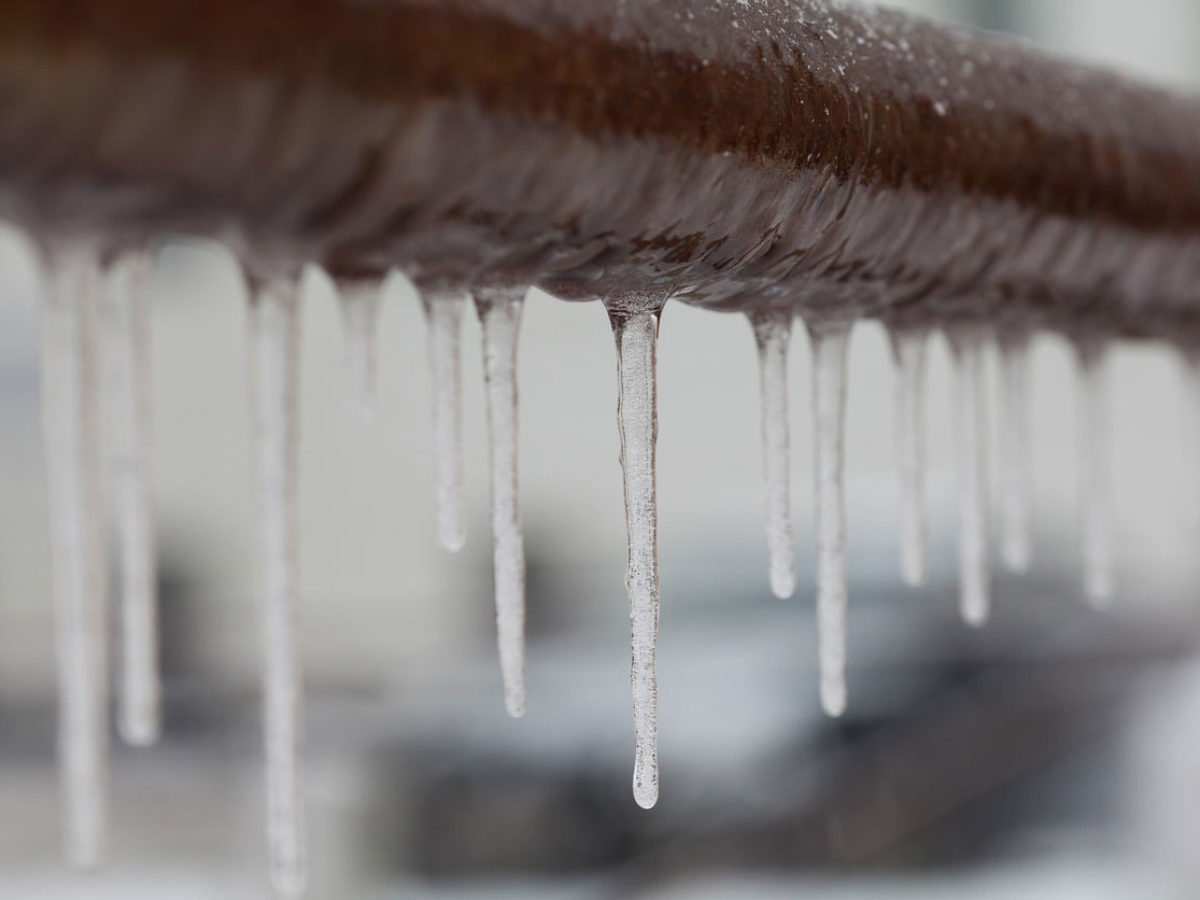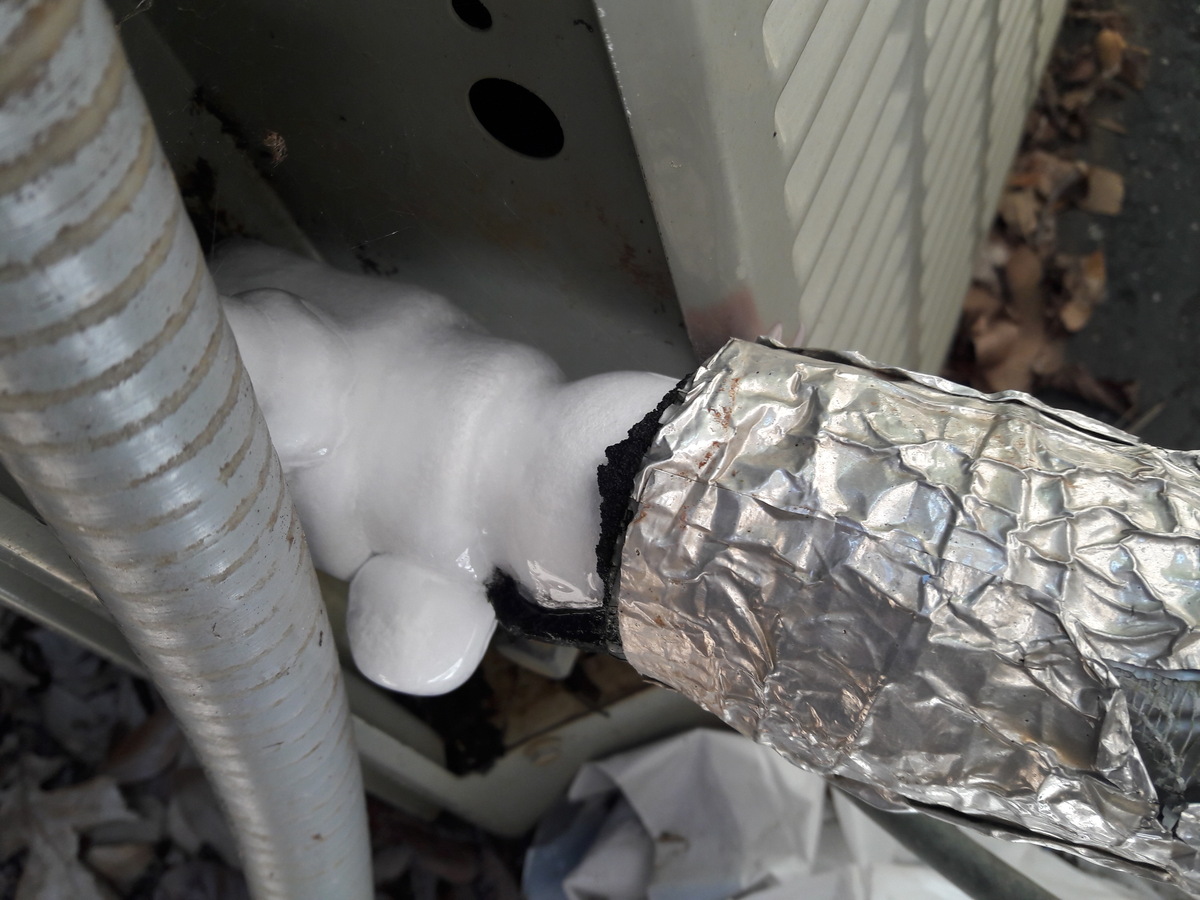What to I Do If My AC Pipe Is Frozen? - Essential Tips for Restoring Functionality
What to I Do If My AC Pipe Is Frozen? - Essential Tips for Restoring Functionality
Blog Article
This great article below relating to Why Is Ice On My Outside Air Conditione is especially remarkable. Don't miss out on it.

Introduction
Discovering that your air conditioning pipe is iced up can be worrying, particularly throughout warm summer season when you depend on your air conditioning system one of the most. Recognizing what to do in such a situation is crucial to stop more damage to your cooling system and ensure your comfort indoors.
Understanding the Causes
A number of factors can add to the freezing of an air conditioning pipe. Understanding these reasons can assist you resolve the problem successfully.
Lack of Airflow
One common source of a frozen a/c pipe is inadequate air movement. When the air flow over the evaporator coil is restricted, it can create the coil to go down below freezing temperature, causing ice development on the pipeline.
Low Refrigerant Levels
Not enough refrigerant levels in your a/c system can additionally cause a frozen pipe. Reduced cooling agent degrees can create the pressure in the system to go down, leading to the cold of wetness on the evaporator coil.
Cold Weather Conditions
In colder environments, freezing temperatures outside can contribute to the cold of a/c pipelines. If your a/c system is not effectively protected or if there are leaks in the ductwork, chilly air can infiltrate the system, creating the pipeline to ice up.
Dirty Air Filters
Filthy or clogged air filters can restrict air flow in your air conditioning system, causing various problems, including an icy pipe. It's vital to change or clean your air filters regularly to guarantee proper airflow and stop ice build-up.
Signs of a Frozen AC Pipe
Acknowledging the indications of a frozen air conditioner pipe is important for timely activity.
Lowered Airflow
If you see a significant decline in airflow from your vents, it could show a frozen pipe.
Ice Buildup on the Pipe
Visible ice build-up on the refrigerant line or the evaporator coil is a clear indication of an icy AC pipe.
Weird Sounds from the Unit
Unusual sounds, such as hissing or gurgling, originating from your air conditioner unit can indicate that there's ice existing on the pipeline.
Immediate Actions to Take
When faced with a frozen air conditioning pipe, it's vital to act rapidly to stop further damage to your cooling system.
Turning off the AC
The initial step is to switch off your a/c to stop the system from running and intensifying the concern.
Checking for Blockages
Evaluate the area around the indoor system for any blockages that may be blocking airflow, such as furniture or curtains.
Defrosting the Pipe
You can make use of mild approaches like putting towels soaked in cozy water around the frozen pipe to assist thaw it gradually.
Safety nets
Taking safety nets can help avoid future incidents of an icy AC pipeline.
Regular Maintenance Checks
Set up regular maintenance checks with an expert HVAC specialist to guarantee that your AC system is running successfully.
Transforming Air Filters
Consistently change or clean your air filters to prevent air movement limitations and keep ideal efficiency.
Insulating Exposed Pipes
If your AC pipes are subjected to chilly temperatures, think about protecting them to avoid freezing throughout winter season.
Looking For Professional Help
If DIY methods fail to settle the issue or if you're unclear concerning how to continue, it's best to look for support from a certified HVAC technician.
When DIY Methods Fail
If your attempts to thaw the pipeline or address various other concerns are unsuccessful, it's time to call in an expert.
Value of Hiring a Professional HVAC Technician
A licensed HVAC specialist has the proficiency and tools required to identify and repair issues with your air conditioner system safely and properly.
Conclusion
Taking care of a frozen a/c pipeline can be an irritating experience, however recognizing how to respond can aid reduce damages and recover comfort to your home. By recognizing the causes, recognizing the indicators, and taking punctual activity, you can properly resolve the concern and avoid future incidents.
What to Do If Your AC Line Is Frozen
Make Sure All Supply and Return Air Vents Are Open
If you notice problems with airflow, the first thing you should do is check your supply and return vents. Supply vents distribute clean, conditioned air throughout your home. As this air becomes stale, it’s pulled into the return vent, where it’s reconditioned before being sent back out through the supply vent.
When these vents are closed, air won’t flow in the home. Before examining your AC, check the vents in every room and ensure they’re all open.
Check for a Dirty Air Filter
Another possible cause of limited airflow is a dirty air filter. Your air conditioner’s filters catch elements you don’t want to breathe in, such as dirt and dust. Over time, filters can become clogged, ultimately blocking air from flowing in and out. The lack of airflow can then cause the entire coil to freeze and will completely restrict any air from moving through it. The AC may need to be powered off for one to two days to allow the coil to thaw after replacing the filter to allow proper functioning of the unit. This debris can also accumulate on your AC’s evaporator coil, requiring a more serious repair. In general, air filters should be cleaned regularly (about every two weeks).
Assess Your Outdoor Unit
In addition to checking your AC, assessing the outdoor unit is a good idea. Also known as the condensing unit, it works with your interior unit to release heat outside. An issue with the outdoor unit can result in rising internal temperatures.
Overgrown Shrubs or Clogged Leaves
From leaves and twigs to shrubs and debris, there’s no shortage of outdoor elements that can accumulate around your condensing unit. When these elements get lodged inside the unit, they can block airflow. Fortunately, removing the blockage can solve the problem.
Sounds of a Broken Fan
Shrubs and leaves aren’t the only things that can impede your outdoor unit’s airflow. If the fan is broken, the unit won’t be able to properly get rid of heat — which means the internal temperature won’t go down. First, make sure the fan is spinning. If it is, check for the following sounds of a broken fan:
Buzzing Rattling Screeching Hissing Clicking Preventative Measures
Nobody wants to deal with a frozen AC line. In addition to causing problems with your air conditioner, they require professional repairs. On the bright side, there are preventative measures you can take to help ensure this issue doesn’t arise in the first place.
https://www.coopergreenteam.com/blog/what-to-do-if-ac-line-frozen

I discovered that article about How can I fix an air conditioner’s frozen pipe? when doing a search on the search engines. Those who enjoyed our blog posting kindly remember to share it. Thanks a lot for your time. Come back soon.
Call Today Report this page